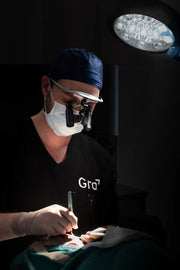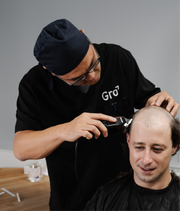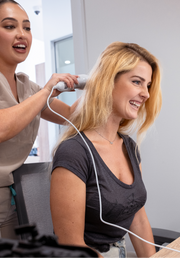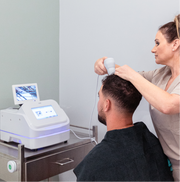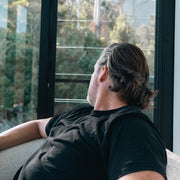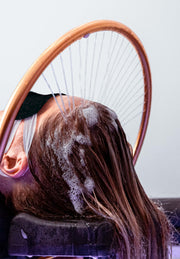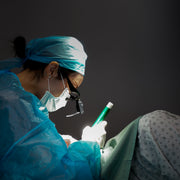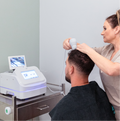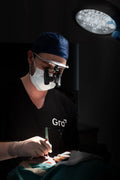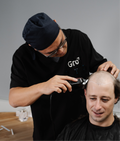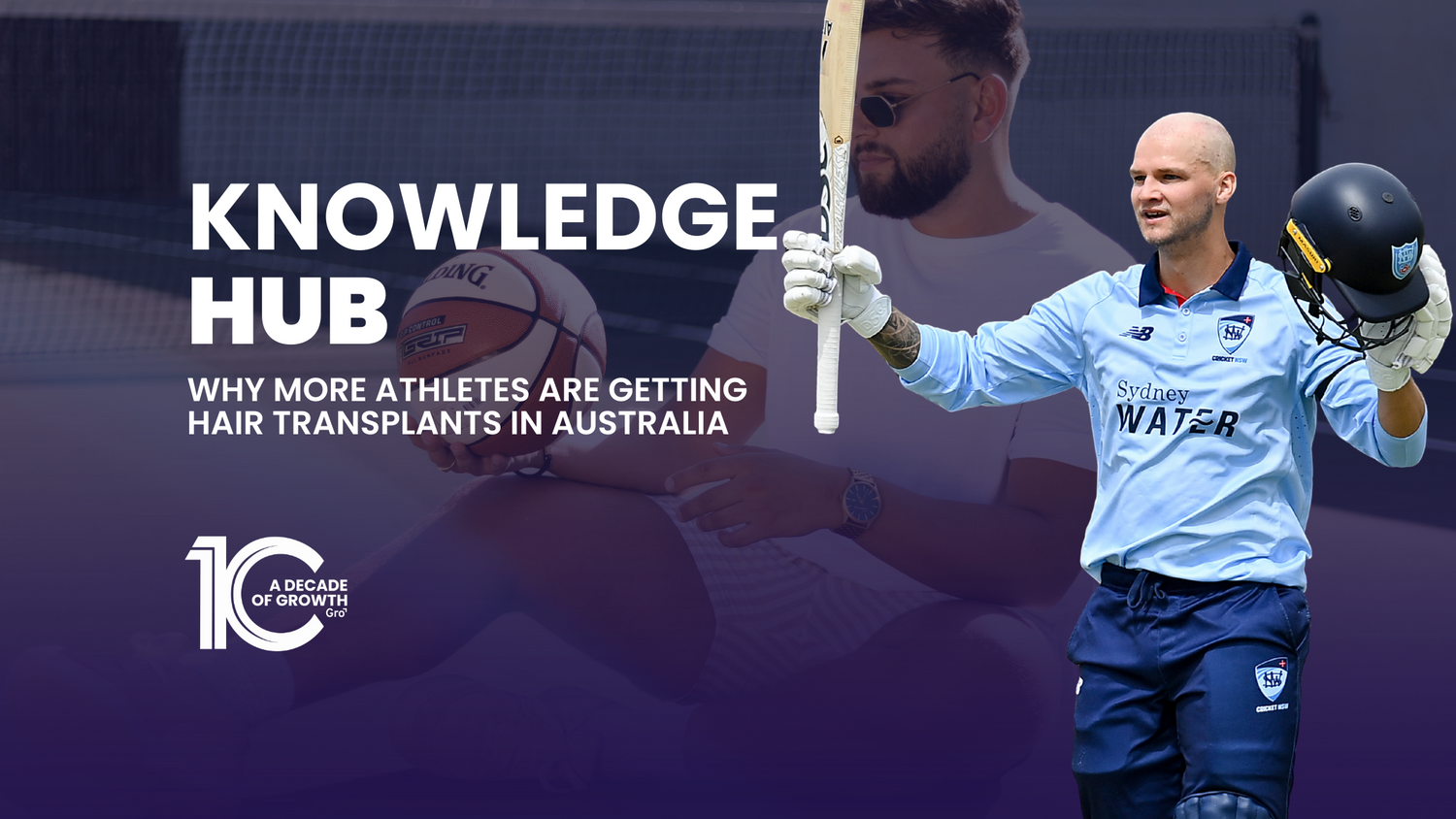Hair Loss in High-Performance Athletes: Causes, Options, and Clinical Solutions
Hair loss can affect anyone - including high-performance athletes in their 20s and 30s. Genetics, physical stress, and hormone fluctuations all play a role. While some individuals choose to embrace the change, others explore clinically supported hair restoration options that offer a natural look and long-term approach to density maintenance.
At Gro Clinics, we support active individuals across Australia and New Zealand who are looking for medical guidance on managing hair loss. Whether you’re on the field or leading in a high-performance environment, we focus on personalised care that fits your lifestyle.
Why Does Hair Loss Affect Athletes?
Athletes may experience hair thinning or shedding due to a combination of factors:
- High testosterone levels (linked to DHT sensitivity in genetically predisposed individuals)
- Frequent sweating and scalp inflammation
- Rapid weight changes or nutritional imbalances
- Intensive physical and psychological stress
- Genetic male or female pattern hair loss (androgenetic alopecia)
If you’re noticing increased shedding at the hairline, temples, or crown, a consultation with a doctor can help determine the likely cause and whether medical or surgical options are appropriate.
What Makes a Modern Hair Transplant Different?
Contemporary hair restoration has evolved significantly. Today’s medically-led techniques prioritise:
- Minimal trauma to the scalp
- High graft survival rates through refined handling
- Natural-looking density and direction of hair growth
- Reduced downtime and simplified aftercare
At Gro Clinics, all hair transplant procedures are performed or directly overseen by registered medical professionals. We use advanced implanter tools and a meticulous FUE (Follicular Unit Extraction) method to help ensure every graft is placed with precision.
What to Expect During a Hair Transplant Consultation
Each client receives a one-on-one consultation with a trained consultant or doctor. This session includes:
- Scalp assessment and donor area evaluation
- Review of medical history and suitability for surgery
- Discussion of FUE and PFP techniques
- Estimated graft range and tailored treatment planning
We also explore supportive therapies, such as platelet-rich fibrin (PRF), LED light therapy, or prescription haircare when medically appropriate.
Disclaimer: Hair transplant procedures carry risks. Suitability varies between individuals. A consultation is required to determine candidacy and develop a treatment plan.
Why Many Athletes Choose Gro Clinics
We’ve supported a growing number of athletes and high-performance professionals across Australia who value our:
- Doctor-led procedures with medical oversight at every stage
- Use of FUE combined with Precise Follicle Placement (PFP), a technique designed to improve graft control
- Minimal visible scarring and a fast return to regular activity
- Focus on ethical, educational, and client-centred care
Our aim is to offer transparent advice, backed by clinical experience—not marketing hype or unrealistic expectations.
FAQs: Hair Transplants for Athletes
-
Can exercise continue after a hair transplant?
Light activity may resume within days, but heavy sweating or direct sunlight should be avoided for 7–10 days. Your doctor will guide you based on your healing progress. -
Will my results look natural?
When grafts are placed correctly in terms of angle, depth, and density, the results are designed to blend seamlessly with your existing hair. -
Is it safe for athletes to undergo FUE?
Yes, provided the procedure is performed by a medical team experienced in treating active individuals. Pre-op planning and post-op recovery are customised accordingly.
Ready to Learn More?
Gro Clinics operates across major Australian cities and New Zealand. You can visit us at:
- Gro Clinics Sydney
- Gro Clinics Melbourne
- Gro Clinics Brisbane
- Gro Clinics Perth
- Gro Clinics Gold Coast
- Gro Clinics Auckland
Book a consultation to speak with a medical professional about your hair loss options.
